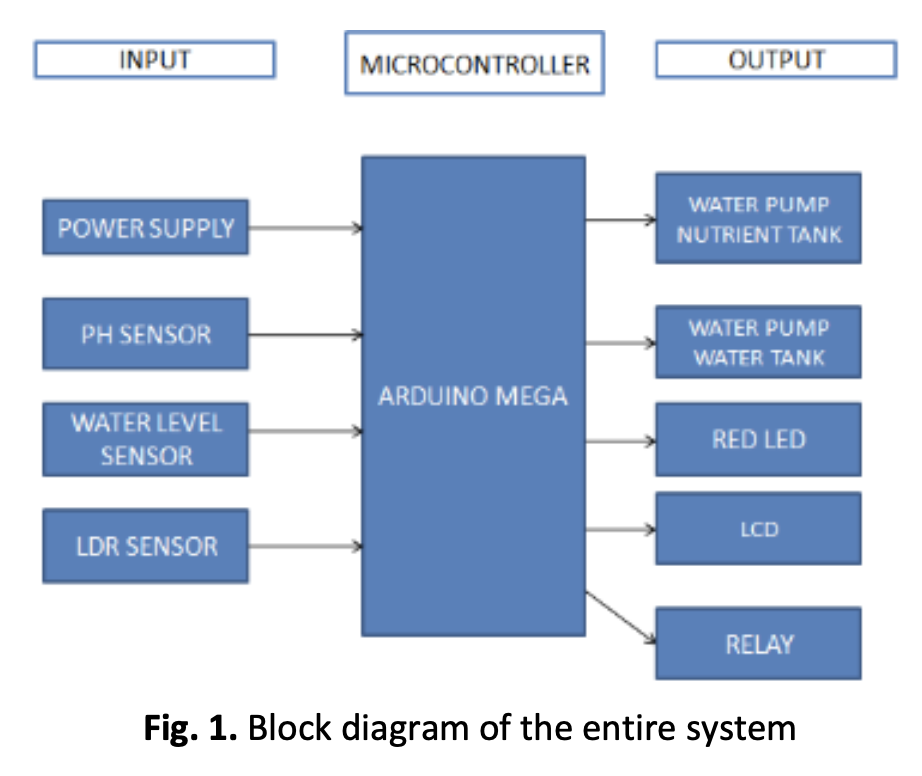IoT-Based Smart Vertical Hydroponic System for Chili Plant
DOI:
https://doi.org/10.37934/araset.43.2.124133Keywords:
Hydroponic Plant, Horizontal Hydroponic, Vertical Hydroponic, Nutrient Film TechniqueAbstract
Agriculture serves as the primary source of food for the global population, playing a critical role in meeting the nutritional needs of people worldwide. With the projected population reaching 9.7 billion by 2050, ensuring an adequate and sustainable food supply becomes increasingly challenging. Hydroponics, a technique that cultivates plants without soil by delivering mineral nutrients through water, offers a potential solution. Hydroponics requires only 10% of the space and 90% less water compared to conventional farming, enabling year-round production of nearly organic food. Vertical hydroponic systems, which arrange plants in stacked or suspended layers, optimize the use of vertical space and are particularly suitable for indoor and urban agriculture where land is limited. However, these systems require regular maintenance and monitoring, including managing nutrient solution balance, pH levels, water quality, and lighting conditions. This complexity can pose challenges for growers lacking time, resources, or technical expertise. To address these issues and ensure sustainability, an automated monitoring method is proposed for vertical hydroponic farming. This project aims to develop a system that automates the checking and maintenance of nutrient levels in the vertical farming process, monitoring factors such as Electrical Conductivity (EC), pH, liquid level, and water temperature. The integration of automation technologies in vertical hydroponics enhances precision, efficiency, and productivity by reducing labour requirements, optimizing resource utilization, and granting growers greater control over the growing environment. These advancements result in healthier plants, higher yields, and more sustainable agricultural practices.Downloads

Downloads
Published
2024-04-11
How to Cite
Nurfatin Athirah Mohd Hatipi, Suzi Seroja Sarnin, Mohd Nor Md Tan, Mohd Rizal Dohad, Nik Farah Emmyra Nik Kamaruzaman, Nani Fadzlina Naim, & Azlina Idris. (2024). IoT-Based Smart Vertical Hydroponic System for Chili Plant. Journal of Advanced Research in Applied Sciences and Engineering Technology, 43(2), 124–133. https://doi.org/10.37934/araset.43.2.124133
Issue
Section
Articles




























